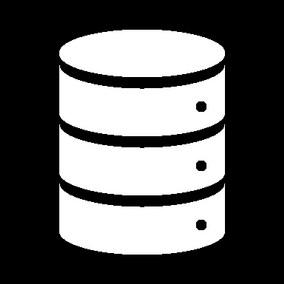Snowflake Architecture




Overview of Snowflake as a cloud-based data warehousing solution
Key architectural components and benefits

How it differs from traditional data warehouses


Fully managed SaaS data warehouse
Built on top of cloud platforms (AWS, Azure, GCP)
No infrastructure management required
Elastic scaling for workload optimization


• Separation of storage, compute, and cloud services
• Multiple clusters working simultaneously
• Enables high concurrency without performance issues
• Supports multiple workloads (ETL, BI, Data Science)

• Independent scaling of compute and storage resources
• Cost efficiency: Pay only for what you use
• Storage layer: Centralized, optimized storage with automatic compression
• Compute layer: Virtual warehouses for parallel processing


SCALABILITY AND FLEXIBILITY

HIGH PERFORMANCE WITH MINIMAL MAINTENANCE


SECURE AND COMPLIANT DATA
STORAGE SEAMLESS DATA
SHARING AND COLLABORATION

• Recap of Snowflake's key architectural features
• Why organizations choose Snowflake for modern data warehousing
• Future trends and advancements in cloud data storage